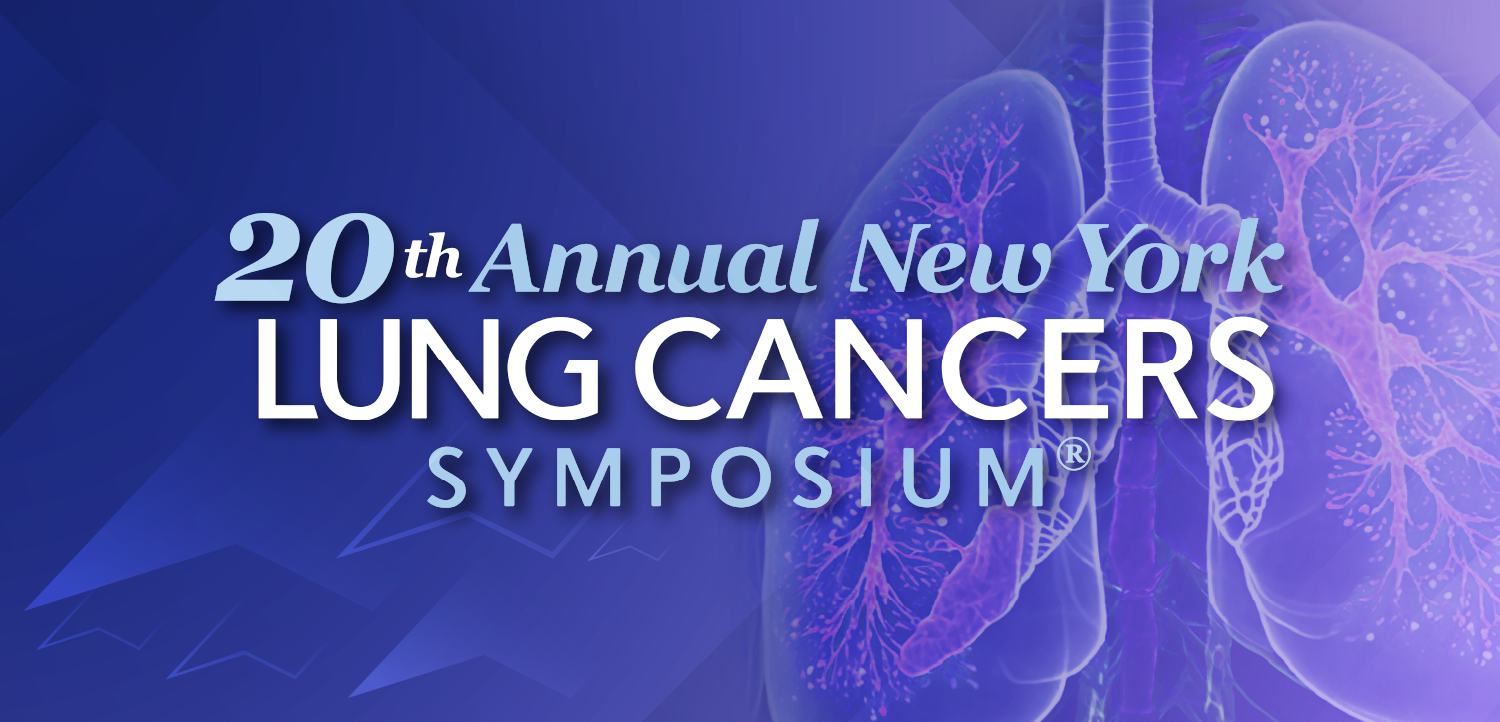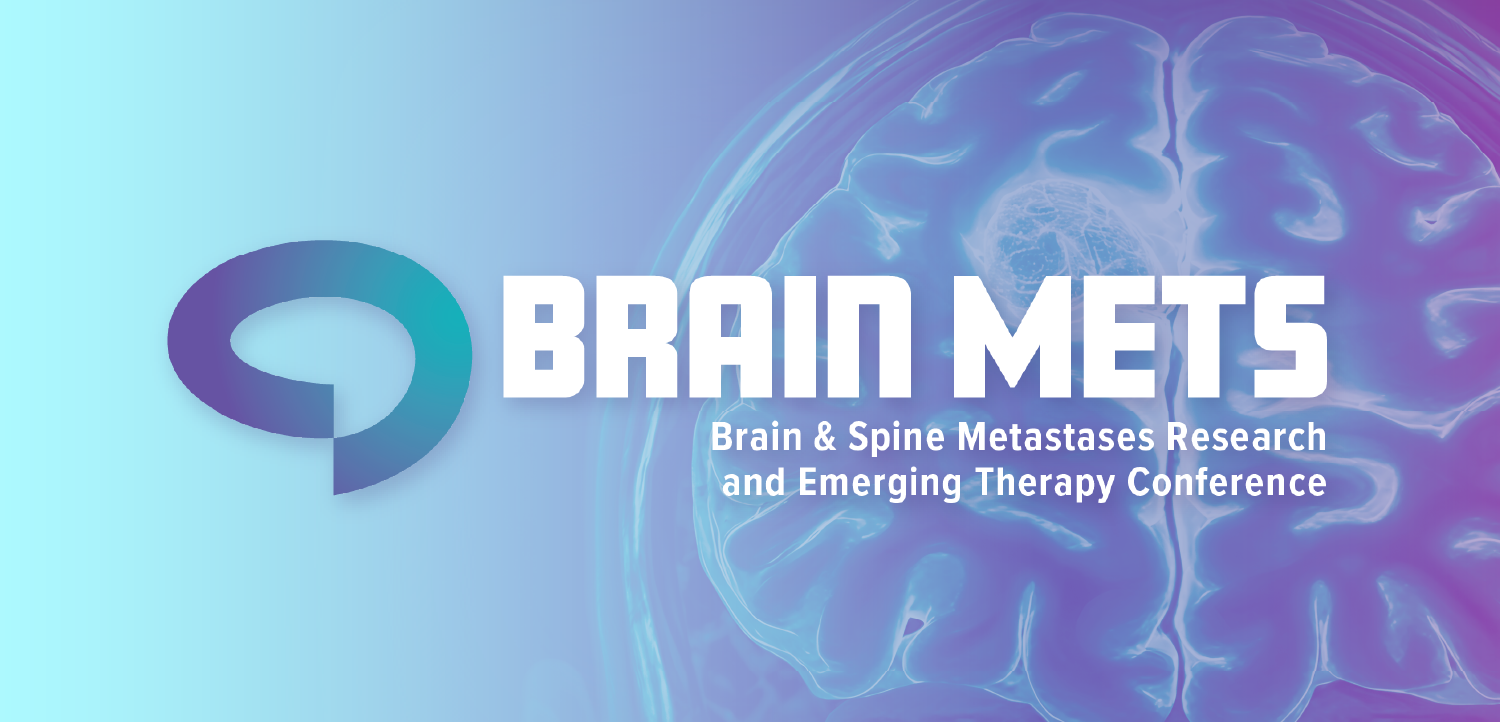
Hospitals See Spike in Adolescent Eating Disorders During Pandemic
One study author noted that access to mental health care was already limited before the pandemic, and now demand is increasing.
Hospitalizations for eating disorders among adolescents increased significantly during the COVID-19 pandemic, according to
In the first 12 months of the pandemic, the number of hospitalizations among patients ages 10-23 with eating disorders more than doubled at Michigan Medicine. The center admitted 125 patients with eating disorders in that time, compared to an average of 56 per year between 2017 and 2019.
The pandemic may have triggered or worsened symptoms in teens with eating disorders and those who were at risk for eating disorders, according to the authors.
“These findings emphasize how profoundly the pandemic has affected young people, who experienced school closures, cancelled extracurricular activities, and social isolation. Their entire worlds were turned upside down overnight,” said lead author Alana Otto, M.D., M.P.H., an adolescent medicine physician at University of Michigan Health C.S. Mott Children’s Hospital.
The study also suggests that admission rate at Michigan Medicine increased steadily in those 12 months, with the highest rates being between nine and 12 months after the pandemic began. Rates have continued to climb after March 2021. This may be due to delayed care and in-person visits for conditions unrelated to COVID-19, the study said.
This research only reflects a small portion of people with eating disorders during the pandemic, however other studies have found similar trends. “Although our findings reflect the experience of a single institution, they’re in line with emerging reports of the pandemic’s potential to have profound negative effects on the mental and physical health of adolescents across the globe,” Otto wrote.
Other institutions are reporting the pandemic’s profound effects on mental health among teens. Experts at Johns Hopkins Bloomberg School of Public Health
Otto also mentioned that medical attention is not the end of treatment for adolescents with eating disorders, but the beginning. “Access to care was already limited before the pandemic and now we’re seeing an increased demand for these services. As we see a wave of young people coming to the hospital for urgent medical concerns related to eating disorders, we need to be prepared to continue to care for them after they leave the hospital.”


















































